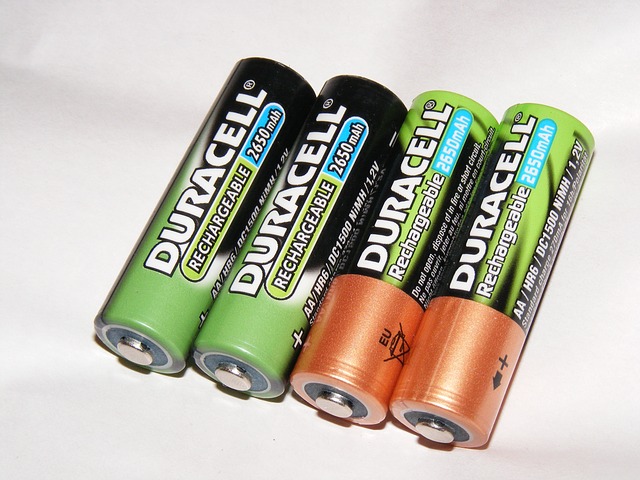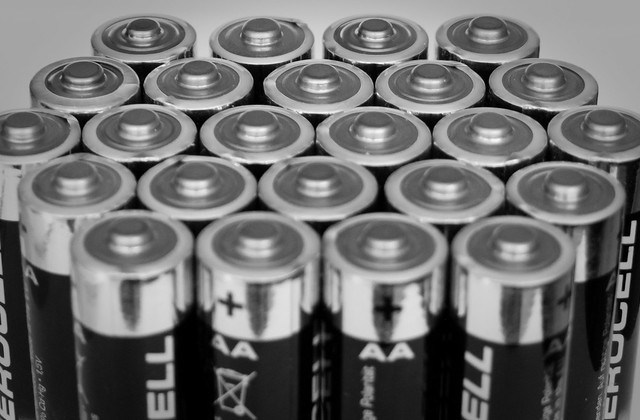Liquid Lithium Ion Batteries 18650-Defination And Comparison
Dec 19, 2019 Pageview:1861
As in the modern world the use of batteries will be increases that is why researchers are working on lithium ion batteries to make it inexpensive and easy to use and eco-friendly, in the same way 18650 lithium ion batteries have significant importance which is discussed below.
In this article we are going to discuss about 18650 lithium ion batteries, difference between liquid lithium ion and sloid lithium ion batteries and also know the importance of 18650 lithium batteries in daily life.
What Is A 18650 Liquid Lithium Ion Battery?
18650 is also known as lithium-ion batteries. Liquid lithium ion battery, of which the common type is 18650 and square shapes, is the lithium cobalt oxide, as everyone knows. 18650 battery, commonly used as laptop batteries, is 18 mm in diameter and 65 mm in height. Because it is used exclusively with a laptop battery, more than 60% of the mobile capacity in today's market uses 18,650 batteries. It has a wide range of applications and compact size, the techniques are becoming more sophisticated.
What Is The Difference Between Liquid Lithium Ion Battery And Solid Lithium Ion Battery?
The key difference between the commonly used lithium-ion battery and a solid-state battery is that the former uses a liquid electrolytic solution to control current flow, while solid-state batteries choose a solid electrolyte. The electrolyte of a battery is a conductive chemical mixture that allows the current to flow between the anode and the cathode.
Solid state batteries still work in the same way as current batteries, but the material change changes some of the attributes of the battery, including maximum storage capacity, charging times, size, and safety.
Saving space
The immediate benefit of moving from a liquid to a solid electrolyte is that the battery's energy density can increase. This is because solid state batteries need only very thin barriers to avoid a short circuit instead of requiring large separators between the liquid cells.
Conventional separators for liquid-soaked batteries come in with a thickness of 20-30 microns. Solid-state engineering will reduce separators to 3-4 microns each, saving just by swapping materials an approximately 7-fold volume.
These separators, however, are not the only component inside the battery, and other bits cannot shrink as much, putting a limit on solid-state batteries ' space-saving potential.
Longer period of life
Typically, solid-state electrolytes are less reactive than the liquid or gel of today, so they can be expected to last much longer and need no replacement after only 2 or 3 years. This also ensures that if these batteries are damaged or suffer from manufacturing defects, these batteries will not fail or catch fire, which means healthier goods for customers.
For those wanting to use the same device for many years, replaceable batteries are often found in current smartphones, as they can be switched out once they begin to break down.
Often after a year or so, smartphone batteries don't hold their charge and can even cause hardware to become unstable, reset, or even stop working after several years of use.
Smartphones and other devices could last much longer with solid-state batteries without the need for a new battery. Nonetheless, speaking about liquid versus solid batteries is an oversimplification of the topic, as there are many solid chemical compounds that can be used in batteries, not just one.
Types of electrolytes in the solid state
There are eight main types of solid-state batteries, each of which uses different electrolyte materials. These are similar to Li-Halide, Perovskite, Li-Hydride, NASICON, Garnet, Argyrodite, LiPON, and LISICON.
As we are still dealing with an emerging technology, researchers are still tackling the best types of solid-state electrolyte to be used for different product categories. None have yet emerged as clear leaders, but cells based on sulfide, LiPON and Garnet are currently considered to be the most promising.
You may have noted that in some way many of these types are still based on lithium (Li) because they still use lithium electrodes.
Thin film batteries
There are two clear cut subtypes–thin film and bulk–even in solid-state battery types. One of the most popular thin-film forms on the market is LiPON, developed with a lithium anode by the majority of manufacturers.
The LiPON electrolyte provides excellent attributes of weight, thickness and even flexibility, making it a promising type of cell for wearable electronics and gadgets requiring small cells. Returning to the topic of longer lasting cells, LiPON also demonstrated excellent stability after 40,000 load cycles with only a 5 percent reduction in efficiency.
By comparison, lithium-ion batteries offer only 300 to 1000 cycles before showing a similar or greater decrease in capacity. This means that batteries from LiPON could last 40 to 130 times longer than batteries from Li-ion before they need replacement.
Are All 18650 Batteries Liquid lithium ion batteries?
No, it’s not necessary that all 18650 batteries contain liquid lithium ion. It is basically based on the application and the quality of batteries according to which the batteries are made. However, most of the batteries contain aqueous lithium salt as an electrolyte in the battery but this is not important other electrolytes can also be used.
Conclusion
Obviously, much ongoing research on solid-state battery technology is still ongoing. According to the earliest estimates, mature cells will not make their way into consumer products such as smartphones for another 4 to 5 years. Nevertheless, solid-state batteries can appear in other devices (such as drones) as early as next year.
Nonetheless, the latest research is finally producing results that, in terms of attributes, can compete with existing li-ion batteries while also offering the benefits of solid-state electrolytes. All we need is to develop manufacturing processes, and a number of large and emerging manufacturers of batteries have the capital to make this a reality.
In summary, from a consumer perspective, the key benefits of all these chemical variations are: up to 6 times faster loading, up to twice the energy density, up to 10 years longer cycle life compared to 2, and no flammable materials. With smartphones and other portable devices, that's sure to be a blessing.
Leave Message
Hottest Categories
-
Hottest Industry News
-
Latest Industry News












